Nature reports
File: Introduced species
Page 1 of 4 - 38 Results
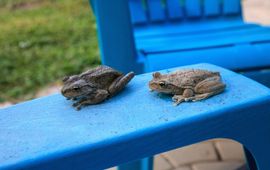
A large, poisonous frog from Cuba has quietly established itself on the small Caribbean island of St. Eustatius. Researchers have found that the invasive Cuban Treefrog (Osteopilus septentrionalis) is breeding in and around a..
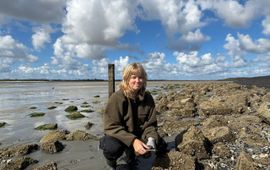
NIOZ researchers have found the Pacific barnacle in the Wadden Sea for the first time. Until now, this species was only known to exist in European waters in Belgium and on the south coast of the Western Scheldt. It probably..
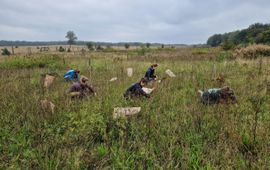
For a long time, the soil was the domain of chemistry and physics. This only changed forty years ago. Today, the soil has become a large and indispensable field of research. The Netherlands Institute of Ecology (NIOO-KNAW) has..
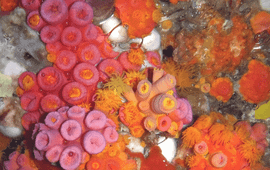
Coral ecosystems are susceptible to invasive species, that can wreak havoc on the balanced communities. Such species can be transported unintentionally by marine structures, as is demonstrated by research on a platform which was..
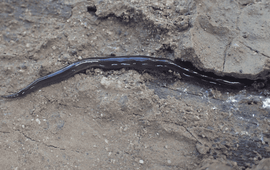
During the relay expedition of Naturalis and STINAPA on Bonaire, the invasive New Guinea flatworm was found in two places. That’s bad news, because it has been listed among the top 100 of the world’s worst invasive alien species..
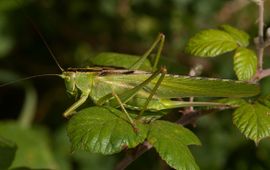
Capgemini experts, together with Naturalis Biodiversity Center and Amazon Web Services, have developed AI models that recognize insect sounds. This is important both for research and nature conservation. ..
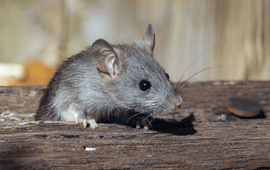
Rats have become a significant issue for the Dutch Caribbean islands. In addition to being disease vectors, these island invaders can also dramatically upset the delicate ecological balance on the islands by devouring bird eggs,..
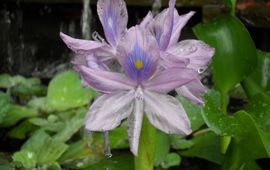
A free floating aquatic plant, water hyacinth, is becoming a significant issue for the islands of Aruba and Curaçao. This plant can negatively impact ecosystems by obstructing sunlight, depleting oxygen levels, disrupting water..
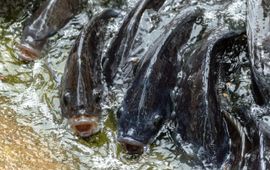
Tilapia, a freshwater fish originally from Africa, introduced to the islands of Aruba, Curacao and St. Maarten, has managed to rapidly reproduce and dominate the local fresh and brackish water habitats on the islands. These fish..
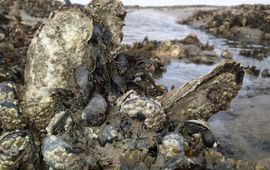
Plants or animals brought into nature - accidentally or on purpose - from distant lands can cause major problems. Such exotic species are therefore seen in a negative light, especially when they are also 'invasive' and push out..
